
Many destinations offer cutting-edge stem cell therapies, experienced medical professionals, and diverse regulatory environments to meet a range of patient needs and budgets. Stem cell therapy is a rapidly advancing field, providing hope for various conditions, and these countries have distinguished themselves as global leaders by combining medical expertise, innovative technology, and often more favorable cost structures compared to Western counterparts.
Key Takeaways
- The global average cost for stem cell therapy ranges from $4,000 to $22,000, with significant savings available outside of Western countries.
- Patients can save 40%–90% by choosing destinations like Mexico, Turkey, and Thailand for stem cell treatments.
- Leading global destinations offer advanced medical technology, highly experienced professionals, and competitive pricing.
- Treatment costs vary widely based on the specific condition, type of stem cells used, number of sessions, and clinic location.
Estimated Costs by Country:
- United States: $20,000 - $50,000
- Mexico: $3,500 - $15,000
- Colombia: $3,000 - $15,000
- Turkey: $2,000 - $15,000
- Thailand: $1,250 - $40,000
- South Korea: $6,000 - $30,000
- Germany: $1,761 - $47,000
- India: $5000 - $20,000
Many countries are known for offering advanced stem cell therapies with experienced professionals. Patients often choose these destinations for high-quality care at affordable prices.
1. Mexico

Mexico has emerged as a top choice for stem cell therapy, particularly for patients from North America, due to its geographical proximity, significantly lower costs, and a growing number of reputable clinics offering advanced treatments.
Mexico's rise as a medical tourism hub for stem cell therapy is undeniable. Patients from the United States and Canada find it highly accessible, often requiring only a short flight or drive. The cost of stem cell therapy in Mexico ranges between $3,500 to $15,000, with specialized treatments like stem cell therapy for osteoarthritis in Mexico starting from around $2,950 to $8,500 per joint. These prices are primarily due to lower operational costs, reduced labor expenses, and favorable exchange rates.
Mexican clinics, particularly in cities like Tijuana, Cancun, and Guadalajara, are increasingly investing in cutting-edge technology and employing internationally trained medical professionals. While the regulatory landscape for stem cell therapy in Mexico is evolving, overseen by COFEPRIS (the Federal Commission for the Protection against Sanitary Risks), clinics are moving towards stricter adherence to research protocols and ethical guidelines. Many clinics operate under research protocols, ensuring a degree of oversight and patient safety.
Popular Treatments in Mexico:
- Orthopedic conditions: Arthritis, joint pain, sports injuries
- Neurological disorders: Parkinson's, multiple sclerosis, neuropathies
- Autoimmune diseases: Lupus, rheumatoid arthritis
- Anti-aging and cosmetic rejuvenation
Did You Know? Mexico's proposed regulatory standard, NOM-260-SSA1, aims to formalize rules for stem cell research and therapies, ensuring quality and curbing misleading claims, though it is still awaiting full approval.
2. India
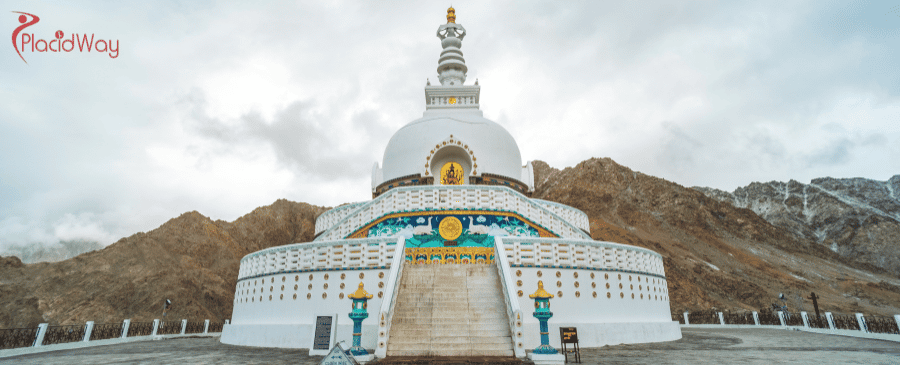
India has rapidly emerged as a prominent destination for affordable stem cell treatments, offering advanced medical facilities, highly skilled doctors, and significantly lower costs, particularly for a diverse range of conditions.
India's burgeoning medical tourism industry has embraced stem cell therapy, providing a compelling option for patients seeking high-quality treatment at a fraction of the cost found in Western countries. The cost of stem cell therapy in India generally ranges from $5,000 to $20,000, with treatments for conditions like neurological disorders often ranging from $7,000 to $15,000, and orthopedic conditions from $5,000 to $10,000. This affordability is driven by lower operational costs, competitive physician fees, and a favorable exchange rate.
Indian hospitals and clinics are increasingly equipped with state-of-the-art technology and employ doctors and researchers with international training and extensive experience in regenerative medicine. The regulatory landscape for stem cell research and therapy in India, primarily overseen by the Indian Council of Medical Research (ICMR) and the Department of Biotechnology (DBT), focuses on promoting ethical research while facilitating clinical applications under strict guidelines. While some experimental therapies are available under specific protocols, established treatments adhere to international best practices.
Popular Treatments in India:
-
Neurological conditions: Spinal cord injuries, cerebral palsy, autism, stroke recovery
-
Orthopedic conditions: Arthritis, joint pain, cartilage repair
-
Autoimmune diseases: Crohn's disease, multiple sclerosis, rheumatoid arthritis
-
Diabetes and cardiovascular diseases
Did You Know? India has a significant pool of highly qualified medical professionals, including many who have received training and practiced in Western countries, contributing to the high standard of care available.
3. Turkey

Turkey has rapidly emerged as a popular destination for medical tourism, offering competitive pricing, state-of-the-art facilities, and experienced medical professionals in the field of stem cell therapy.
Turkey's medical tourism sector has seen significant growth, and stem cell therapy is a key part of this expansion. The country offers a compelling combination of affordable treatment costs, modern infrastructure, and a strategic geographical location bridging Europe and Asia. The cost of stem cell therapy in Turkey typically ranges from $2,000 to $15,000, with cosmetic stem cell therapy for anti-aging ranging from $3,500 to $7,000. Turkish clinics are equipped with advanced technology and adhere to international standards, attracting a diverse range of international patients.
The cost of stem cell therapy in Turkey is considerably lower than in many Western countries, making it an attractive option for patients seeking high-quality care without the prohibitive expenses. The Turkish Ministry of Health regulates medical practices, including stem cell applications, ensuring certain levels of quality and safety. While the regulatory framework may be less restrictive than in Germany or South Korea, reputable clinics operate with high ethical standards.
Common Treatments in Turkey:
- Orthopedic conditions (e.g., knee osteoarthritis, disc degeneration)
- Neurological rehabilitation
- Cosmetic and anti-aging treatments
- Hair restoration
4. Thailand
Thailand offers a unique blend of high-quality medical care, established medical tourism infrastructure, and significantly lower costs for stem cell therapies, all within a relaxing and recuperative environment.
Thailand has been a popular medical tourism destination for decades, and its expertise extends to advanced treatments like stem cell therapy. The country's private hospitals are renowned for their world-class facilities, highly trained medical staff, and excellent patient care services. The cost of stem cell therapy in Thailand generally ranges from $1,250 to $40,000, with treatments for chronic pain and various conditions often starting from $2,500 to $15,000. Patients can benefit from advanced stem cell treatments at a fraction of the cost found in Western nations, with savings often reaching 50% to 90%.
The Thai government actively promotes medical tourism and maintains oversight through the Ministry of Public Health. Many clinics and hospitals offering stem cell therapies are internationally accredited, ensuring adherence to global standards of quality and safety. Beyond the medical benefits, Thailand provides a tranquil and culturally rich environment that aids in the recovery process, making it an appealing choice for those seeking both treatment and a pleasant convalescence.
Popular Treatments in Thailand:
- Anti-aging and wellness
- Orthopedic and joint conditions
- Neurological support
- Diabetes management
5. Colombia
Colombia is rapidly gaining recognition as a leading destination for stem cell therapy in South America, offering innovative treatments with a favorable regulatory environment and attractive pricing.
Colombia has quickly become a prominent hub for regenerative medicine in Latin America. The country's regulatory framework, while progressive, prioritizes patient safety, allowing for innovative approaches and advanced treatments. The cost of stem cell therapy in Colombia typically ranges from $3,000 to $15,000, with some complex conditions reaching up to $30,000. For sports injuries, the cost is usually between $5,000 and $15,000. Colombian clinics, particularly in cities like Medellín, are equipped with state-of-the-art facilities and staffed by experienced physicians, many of whom have international training.
The affordability of stem cell therapy in Colombia is a significant draw, often 20% to 70% cheaper than in the United States. This cost-effectiveness, combined with high-quality care, makes it an excellent option for North and South American patients seeking advanced regenerative treatments without extensive travel. Colombia's growing commitment to medical tourism ensures that patients receive comprehensive care, from initial consultations to post-treatment follow-ups.
Expert Insight: A recent report highlighted Colombia's commitment to patient safety and ethical practices in stem cell therapy, emphasizing its growing reputation as a reliable destination for such treatments.
6. Germany
Germany is renowned for its cutting-edge research in regenerative medicine and world-class healthcare. The country offers highly advanced stem cell therapies in renowned clinics and hospitals, providing treatments for a variety of conditions, including neurological diseases, cardiovascular health, and autoimmune disorders. Germany’s strict regulatory standards ensure the safety and efficacy of stem cell therapies, and its highly qualified professionals bring the latest innovations in medical science to patient care. While Germany may have higher costs than Panama, its reputation for precision and state-of-the-art technology makes it a trusted destination for patients seeking top-tier treatment.
-
Cutting-edge stem cell treatments with the latest technology
-
Highly skilled professionals specializing in regenerative medicine
-
Strict regulatory standards ensuring safety and efficacy
-
Specialized treatments for neurological diseases, heart conditions, autoimmune disorders, etc.
-
Known for precision, innovation, and research-driven care
7. South Korea
South Korea stands at the forefront of global stem cell research and clinical applications, known for its rigorous ethical standards, extensive government funding, and a strong emphasis on evidence-based therapies.
South Korea has rapidly established itself as a global leader in regenerative medicine. The country boasts a highly advanced healthcare system, with significant government investment in biomedical research and development. This commitment has led to numerous breakthroughs in stem cell science and a strong framework for clinical trials. The cost of stem cell therapy in South Korea typically ranges from $6,000 to $20,000 per treatment session, while specialized neurological stem cell therapy can range from $10,000 to $25,000. South Korean clinics are renowned for their precision medicine approach, offering highly specialized and individualized stem cell treatments.
The regulatory environment in South Korea is stringent, prioritizing patient safety and efficacy. The Korea Food and Drug Administration (KFDA) closely monitors stem cell products and therapies, ensuring that only proven and ethically sourced treatments are made available. This strict oversight builds considerable trust among international patients seeking high-quality care. While costs can be higher than in some other medical tourism destinations, the quality of care and the reputation for innovation justify the investment.
Expert Insight: Dr. Kim, a leading stem cell researcher in Seoul, emphasizes, "South Korea's focus is not just on offering treatments, but on advancing the scientific understanding of stem cells. This commitment to research translates directly into safer and more effective therapies for our patients."
8. Panama
Panama has emerged as a leading destination for medical tourism, especially in stem cell therapy. Known for its affordable pricing, Panama offers access to high-quality medical facilities and experienced doctors. The country provides advanced treatments for conditions like Parkinson’s disease, osteoarthritis, and sports injuries. Panama’s minimal waiting times and patient-focused care make it a popular choice for international patients seeking quick and cost-effective treatments. Additionally, the medical tourism infrastructure in Panama is well-established, with many clinics offering comprehensive packages that include assistance with travel, language support, and post-treatment care.
-
Affordable pricing compared to countries like the U.S. and Germany
-
Advanced medical facilities with the latest technology
-
Quick access to treatment with minimal waiting times
-
Specialized treatments for neurological disorders, joint pain, sports injuries, and more
-
Comprehensive support including travel assistance, language services, and post-treatment care
Cost of Stem Cell Treatments Abroad (2025)
The cost of stem cell therapy can vary significantly based on the country, the specific condition being treated, the type and source of stem cells, the number of sessions required, and the reputation of the clinic and expertise of the medical team.
Understanding the financial aspect is crucial when considering stem cell treatments abroad. While the average global cost of stem cell therapy ranges from $4,000 to $22,000, this can fluctuate widely. Factors influencing the total cost include the complexity of the condition, the type of stem cells used (e.g., autologous, allogeneic, mesenchymal, umbilical cord), the number of required injections or infusions, and the overall treatment protocol. The reputation and technology of the clinic, as well as the surgeon's or doctor's expertise, also play a significant role in pricing.
Here's a detailed comparison of estimated costs in leading countries (prices are averages and can vary):
| Country | Average Cost Range (USD) | Key Factors Influencing Cost |
|---|---|---|
| United States | $20,000 - $50,000 | Stringent regulations, high operational costs, advanced research. |
| Mexico | $3,500 - $15,000 | Lower operational costs, favorable exchange rates, proximity. |
| Colombia | $3,000 - $15,000 | Growing medical tourism, competitive pricing, skilled doctors. |
| Turkey | $2,000 - $15,000 | Affordable healthcare, modern facilities, strategic location. |
| Thailand | $1,250 - $40,000 | Established medical tourism, low operational costs, relaxing environment. |
| Germany | $6,000 - $30,000 | Advanced research, strict regulations, high technology, specialized care. |
| India |
$5000 - $20,000
|
High quality standards, evidence-based treatments, advanced infrastructure. |
Did You Know? Some clinics offer comprehensive "stem cell treatment packages" that might include initial consultations, diagnostic tests, the stem cell procedure, post-treatment follow-ups, and sometimes even accommodation and airport transfers, offering better value.
Regulatory Landscape and Ethical Considerations
The regulatory frameworks and ethical considerations surrounding stem cell therapy vary significantly from country to country, impacting the types of treatments available and the levels of oversight.
The global landscape of stem cell regulation is diverse. Countries like the United States, Germany have relatively strict regulations, often limiting treatments to those with robust clinical trial data or within approved research protocols. This approach prioritizes patient safety and the prevention of unproven therapies.
In contrast, countries like Mexico and some others have more permissive, or evolving, regulatory environments. While this can allow for a wider range of experimental or non-FDA-approved treatments, it also places a greater responsibility on patients to research clinics thoroughly and ensure they choose reputable providers adhering to high ethical standards.
Key Ethical Considerations:
- Source of Stem Cells: The use of embryonic stem cells remains a contentious issue due to concerns about the destruction of human embryos. Many countries prioritize adult stem cells and umbilical cord stem cells to avoid these ethical dilemmas.
- Unproven Therapies: A major ethical concern is the marketing and provision of unproven stem cell therapies outside of clinical trials, which can pose risks to patient safety and offer false hope.
- Informed Consent: Ensuring patients are fully informed about the experimental nature, potential benefits, risks, and alternatives before undergoing treatment is paramount.
- Commercialization: The commercialization of stem cell therapies raises questions about equitable access, potential exploitation of patients, and the balance between profit and patient well-being.
International organizations like the International Society for Stem Cell Research (ISSCR) publish guidelines to promote ethical and responsible stem cell research and clinical translation worldwide.
Choosing the Right Clinic and Destination
Selecting the appropriate country and clinic for stem cell treatment requires thorough research, consideration of various factors, and a clear understanding of your medical needs and personal preferences.
Making an informed decision about where to receive stem cell therapy is crucial. Here are key factors to consider:
- Medical Condition: Different countries and clinics may specialize in particular conditions or types of stem cell applications.
- Treatment Type: Research the specific stem cell therapy being offered (e.g., autologous, allogeneic, MSCs) and ensure it aligns with your medical requirements.
- Regulatory Environment: Understand the local regulations regarding stem cell treatments. Do they align with your comfort level regarding proven vs. experimental therapies?
- Clinic Accreditation and Reputation: Look for clinics with international accreditations (e.g., JCI) and positive patient testimonials. Verify the qualifications and experience of the medical team.
- Cost and Budget: Compare pricing across different countries and clinics, considering what is included in the treatment package (e.g., diagnostics, follow-ups, accommodation).
- Travel and Logistics: Consider the ease of travel, visa requirements, language barriers, and the availability of translation services.
- Patient Support Services: Reputable medical tourism facilitators or clinics offer comprehensive support, including travel arrangements, accommodation, and local assistance.
- Post-Treatment Care: Inquire about follow-up protocols and what support is available after you return home.
Expert Insight: Medical tourism facilitators like PlacidWay can provide invaluable assistance in navigating these choices, offering access to a network of vetted clinics and personalized guidance.
FAQs about Stem Cell Treatments Abroad
Common questions patients ask when considering stem cell therapy internationally, addressing concerns about safety, efficacy, and logistics.
Q1: Is stem cell therapy safe?
A1: The safety of stem cell therapy depends heavily on the type of treatment, the clinic's practices, and the regulatory oversight. Reputable clinics in countries with strong regulations prioritize patient safety, but unproven therapies from unregulated clinics can pose significant risks. Always seek treatment from accredited facilities with experienced professionals.
Q2: What conditions can be treated with stem cells?
A2: Stem cell therapy is being explored for a wide array of conditions, including orthopedic injuries (e.g., osteoarthritis, tendonitis), neurological disorders (e.g., Parkinson's, MS), autoimmune diseases, cardiovascular conditions, and chronic pain. However, it's important to distinguish between therapies with established efficacy and those still considered experimental.
Q3: Is stem cell therapy covered by insurance?
A3: In most cases, stem cell therapy, especially for conditions not yet recognized as standard care, is not covered by health insurance in many Western countries. Patients typically pay out-of-pocket. It's crucial to confirm coverage directly with your insurance provider.
Q4: How do I choose a reputable stem cell clinic abroad?
A4: Look for clinics with international accreditations (like JCI), transparent pricing, detailed information on their medical staff's qualifications, and clear protocols for treatment and follow-up. Reading patient testimonials and consulting with a medical tourism facilitator can also help.
Q5: What is the recovery process like after stem cell therapy?
A5: Recovery varies depending on the type of treatment and the condition. Many procedures are minimally invasive, allowing for a relatively quick return to normal activities. However, some therapies, especially for complex conditions, may require a period of rest and rehabilitation. Your doctor will provide specific post-treatment instructions.
Q6: What is the difference between autologous and allogeneic stem cell therapy?
A6: Autologous therapy uses a patient's own stem cells, reducing the risk of immune rejection. Allogeneic therapy uses stem cells from a donor, which might be more readily available and potent but carries a slight risk of rejection that can be managed with immunosuppressants. Umbilical cord stem cells are a common source for allogeneic treatments.
Q7: Will I need to stay in the country for an extended period after treatment?
A7: The duration of your stay depends on the treatment protocol and your individual recovery needs. For many single-session procedures, a stay of a few days to a week might suffice. For more complex treatments or those requiring multiple sessions, a longer stay or return visits may be necessary.
Find Your Ideal Stem Cell Treatment with PlacidWay
PlacidWay is your trusted partner in navigating the world of medical tourism, connecting you with leading stem cell therapy clinics globally. We understand the complexities of seeking advanced medical treatments abroad and are dedicated to simplifying your journey.
Why Choose PlacidWay?
- Extensive Network: Access a curated network of highly reputable and accredited stem cell therapy clinics in top destinations like Mexico, Turkey, Thailand, South Korea, and Colombia.
- Personalized Guidance: Our experienced patient advisors provide tailored recommendations based on your medical condition, preferences, and budget.
- Transparent Information: We offer comprehensive details on clinics, doctors, procedures, and costs, empowering you to make informed decisions.
- Seamless Experience: From initial consultation to travel arrangements, accommodation, and language support, we handle the logistics so you can focus on your health.
- Verified Quality: We partner with clinics that meet rigorous international standards for patient safety and quality of care.
Ready to explore your options for advanced stem cell therapy?
Want to learn more about getting stem cell therapy abroad? Contact PlacidWay today! We can help you find the best treatment in top countries at affordable prices. Let us help you get back on your feet!


.png)
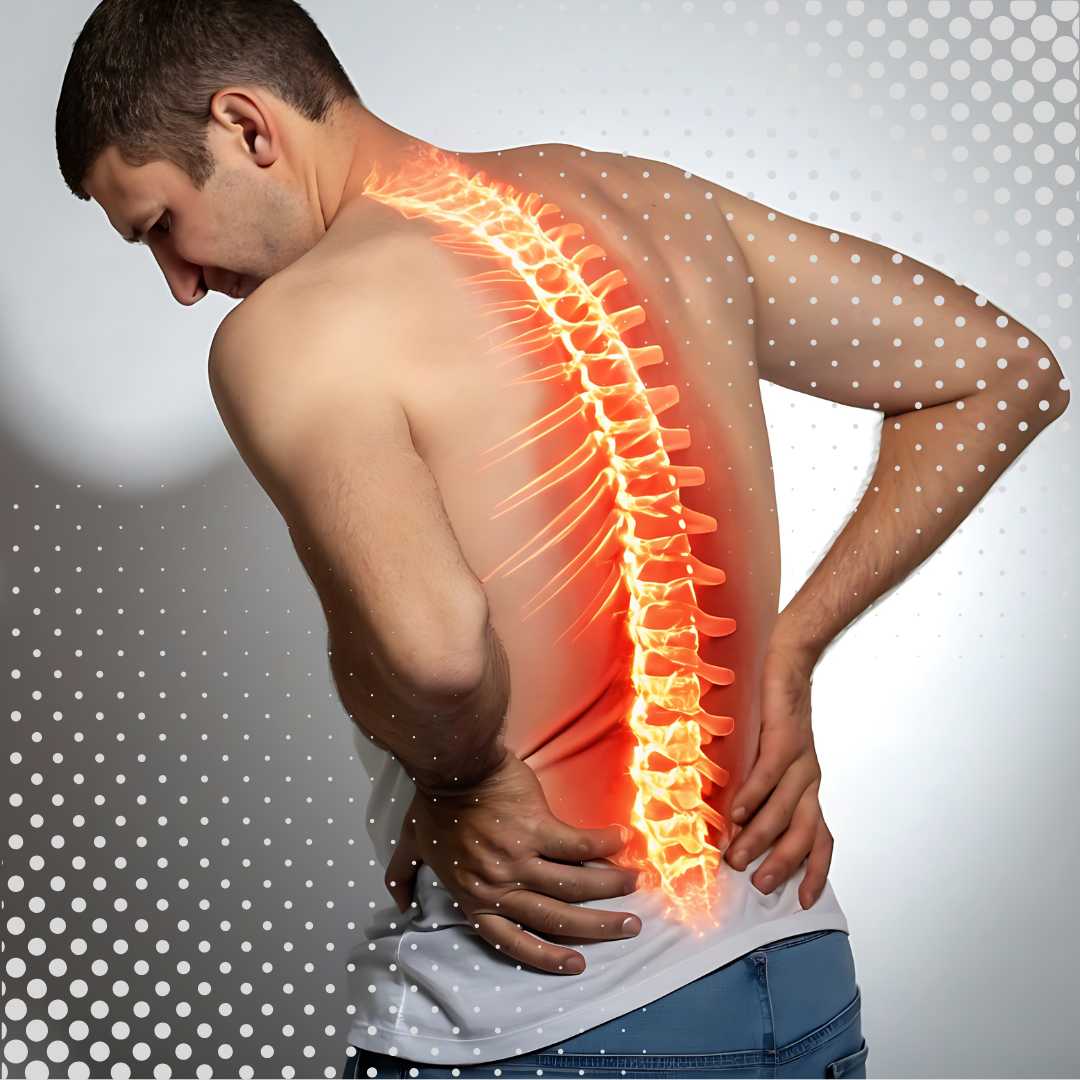



.jpg)
.png)
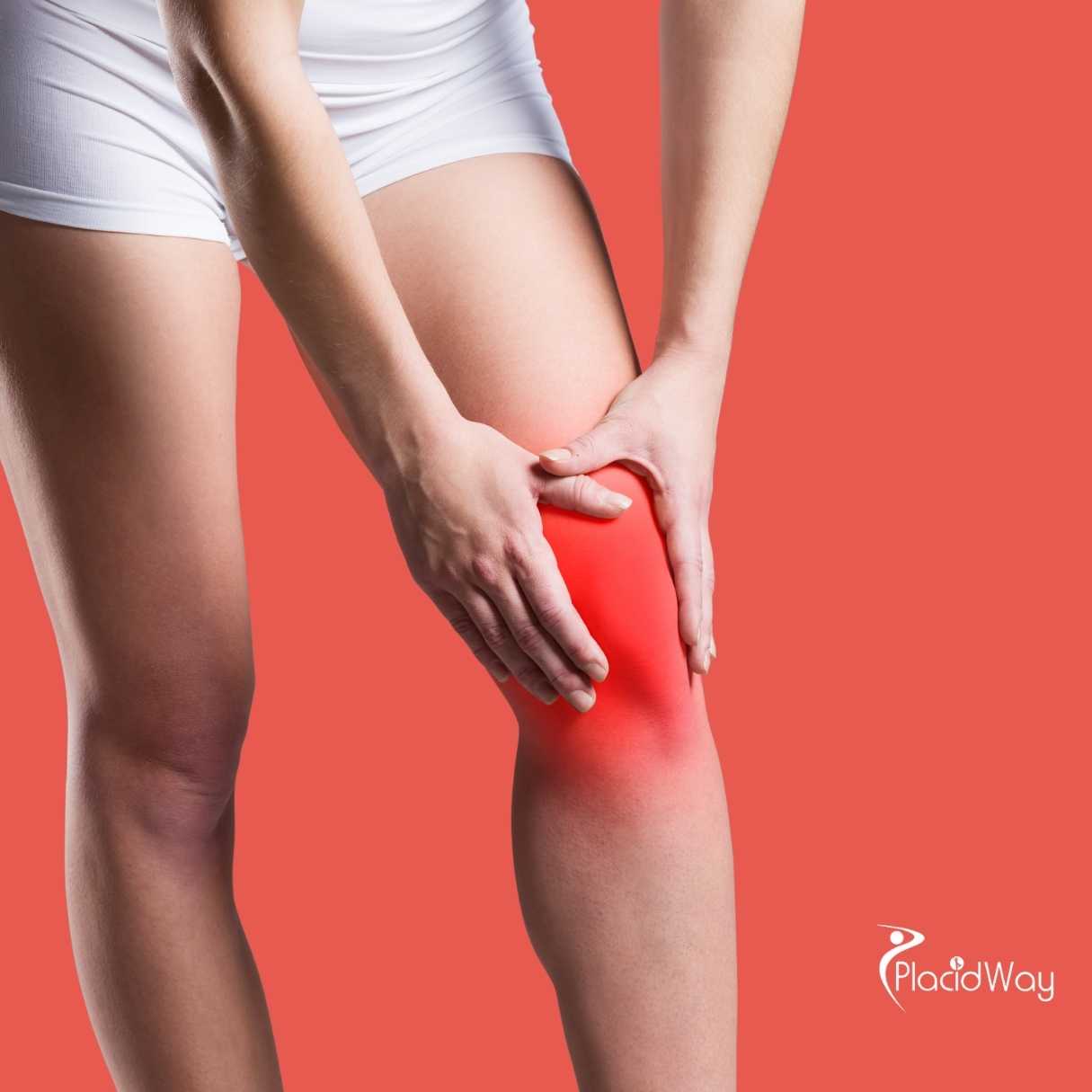
.png)
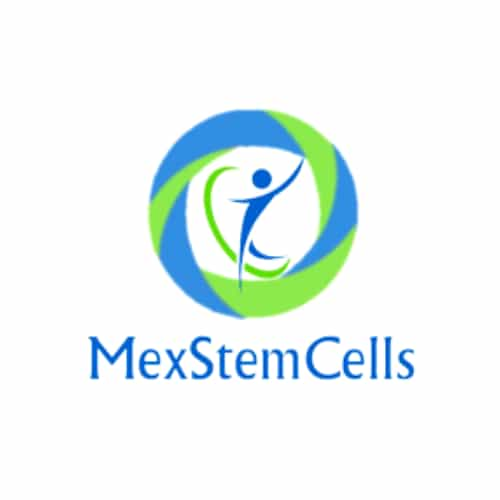
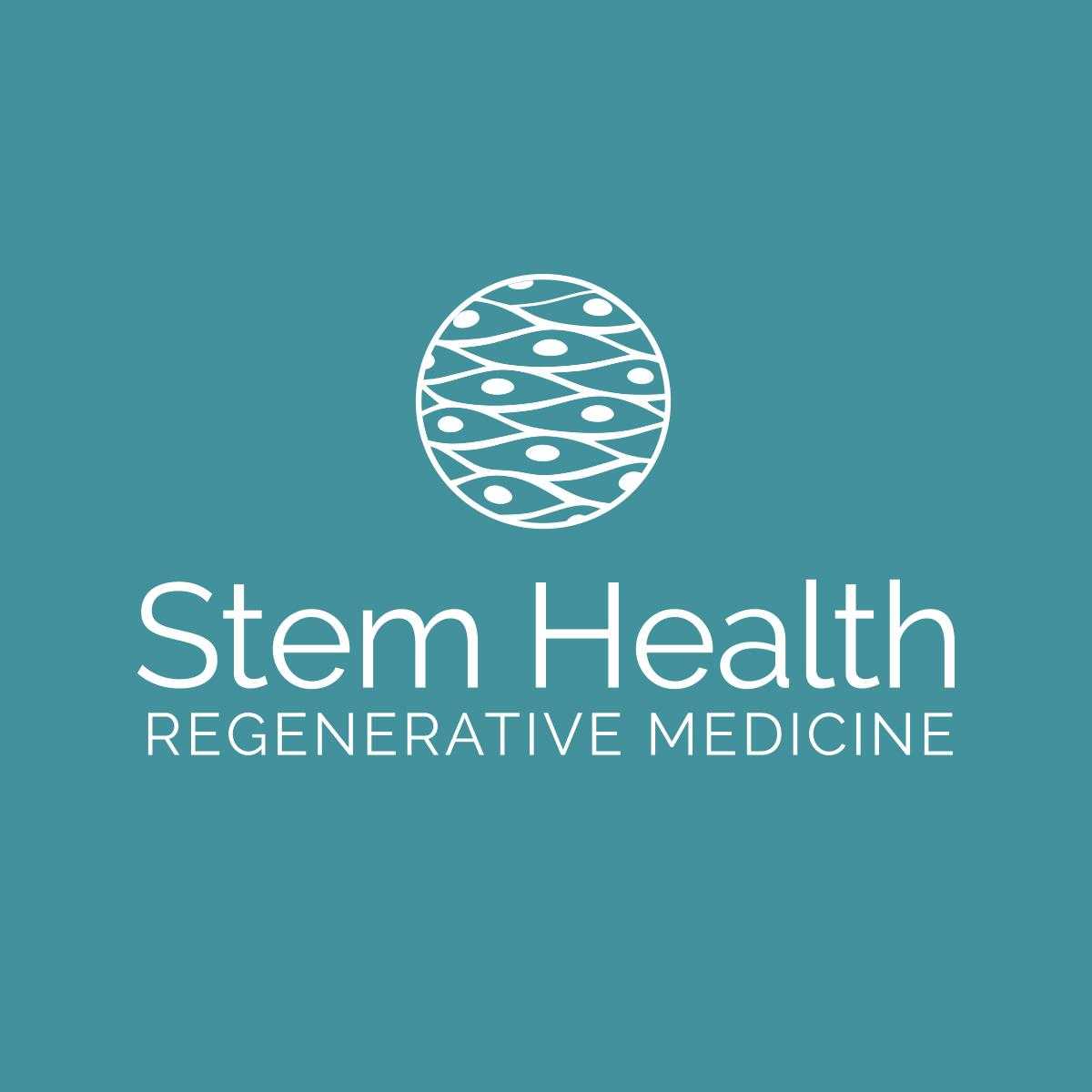
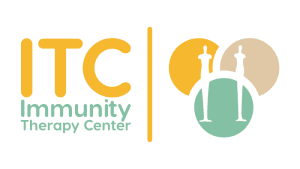
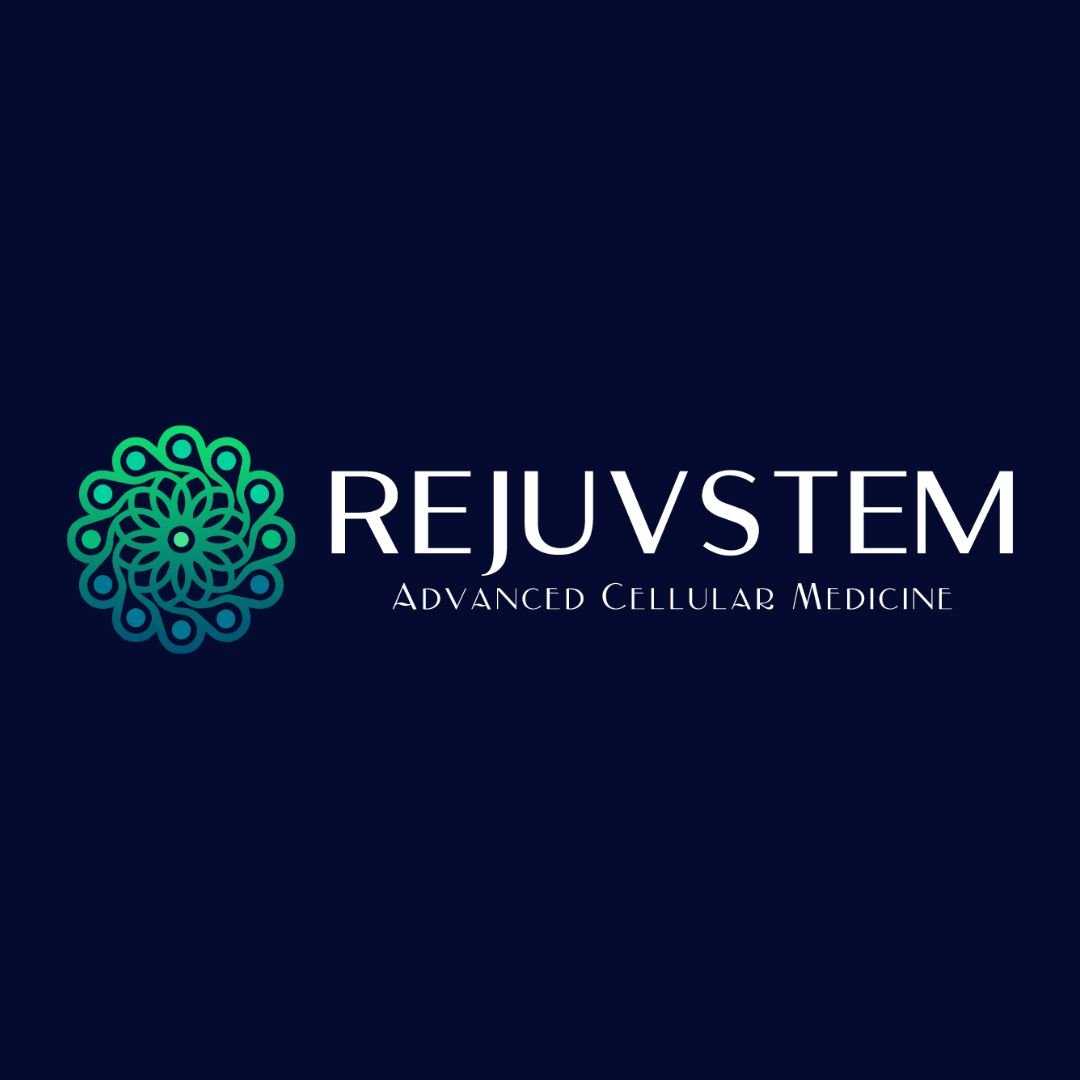
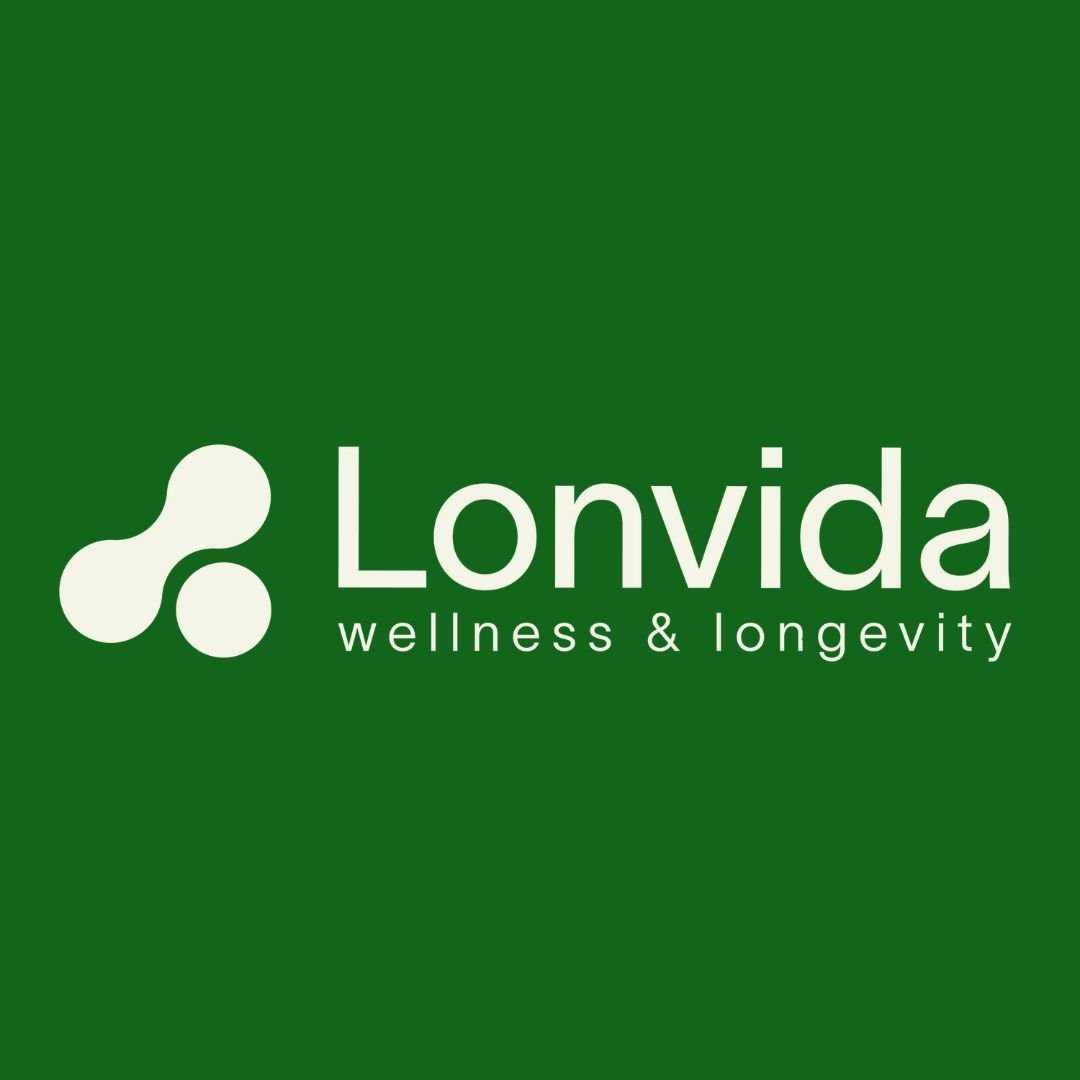

Share this listing